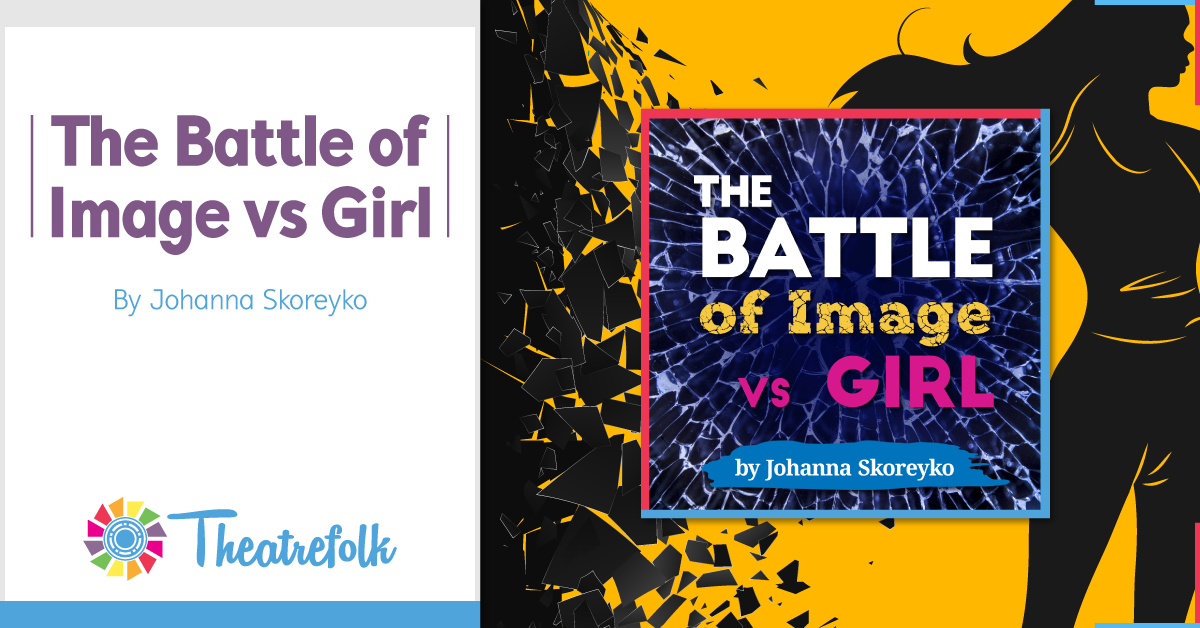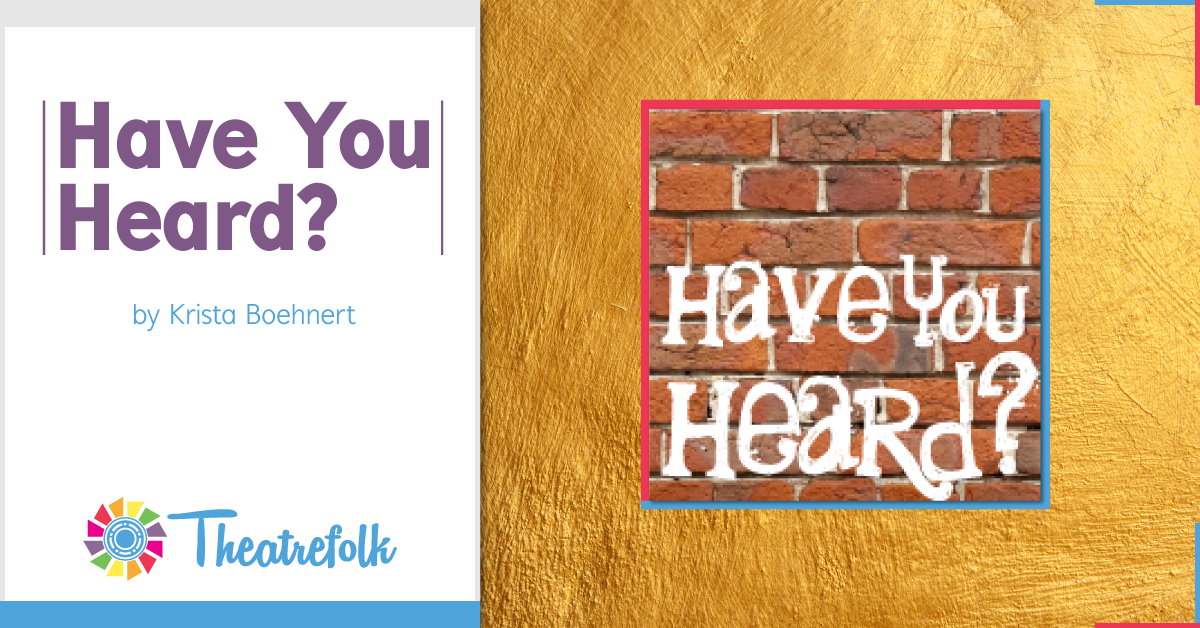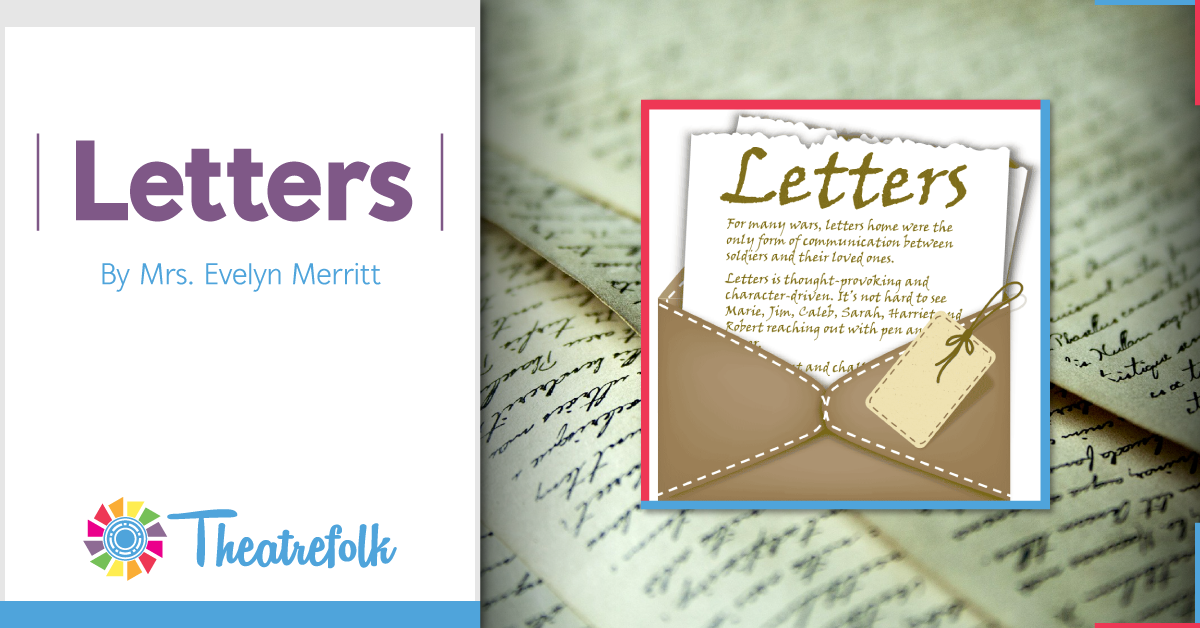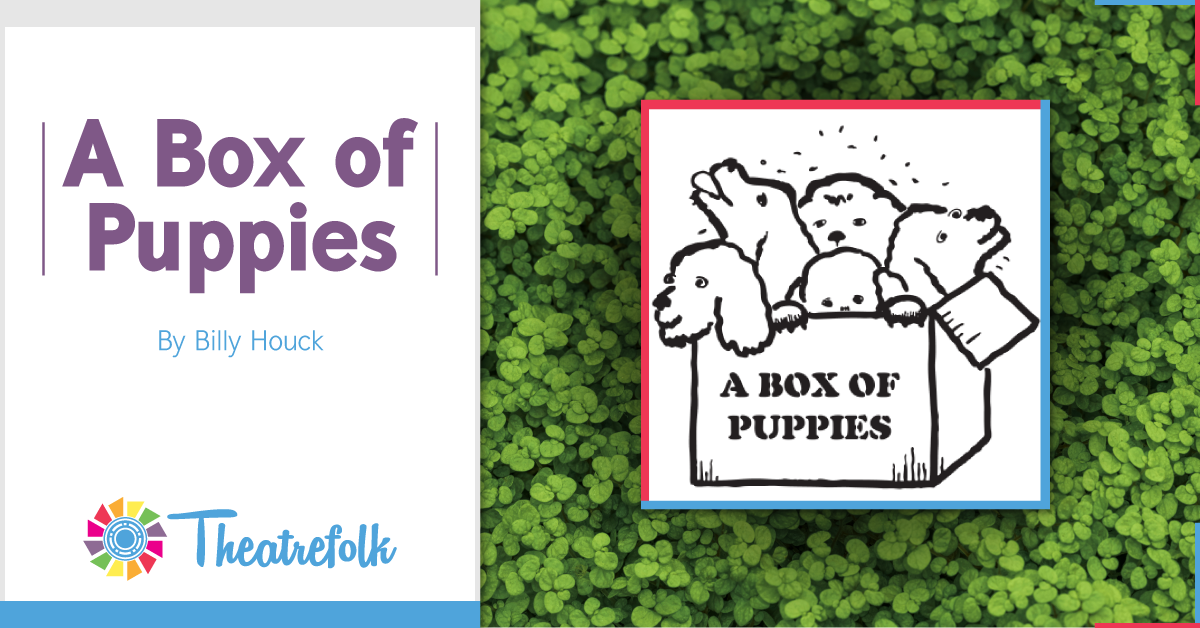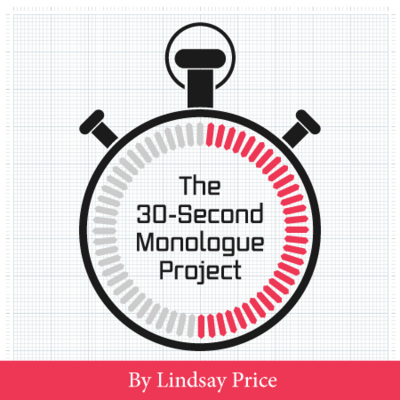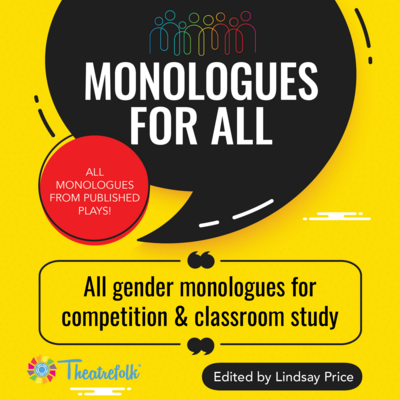Theatrefolk Featured Play - The Battle of Image vs Girl
Welcome to our Featured Play Spotlight. The Battle of Image vs Girl by Johanna Skoreyko is a moving duet piece about female body image.
One Girl. One Mirror. Against the world.
Why did we publish this play?
We have a long history with this play. It was originally published as part of a collection of student writers. When that was discontinued, we asked to publish it in a collection of short plays for young women. When that was discontinued we wanted to continue to have the play available because it is a script that does not and cannot let go. It is intense, it is uncomfortable, it is raw and authentic.
Let’s hear from the author!
1. Why did you write this play?
I wrote this play as an assignment for a High School English class. I remember that I brainstormed ideas for my play until a few days before the deadline for the assignment-- nothing felt quite right. Finally, with the pressure upon me, I sat down and the whole play just poured out of me. The conversation that the main character has with her mirror self was in many ways an authentic conversation I was having in real time as I wrote it. It was very cathartic. I had just returned from a year as an exchange student in Germany, where my host sister (who I was very close to) had anorexia and bulimia, and I was still processing the conflicting emotions I had: fear and worry for her, and jealousy of her extreme thinness. Although I didn't have an eating disorder, I thought constantly about what I ate and exercised obsessively. I was very critical of my body. I wanted to be healthy and strong, but I also completely understood why she starved herself, and that scared me.
2. Describe the theme in one or two sentences.
Control is the opposite of self-acceptance.
3. What’s the most important visual for you in this play?
The smashed mirror at the end.
4. If you could give one piece of advice for those producing the play, what would it be?
Update the references and the language in the play to make it reflect the way teenagers talk today. I think it should sound current.
5. Why is this play great for student performers?
I think it's visually striking, easy to produce, and I like that it's an opportunity for two actors to get really deep into character study together, and maybe to dissect their own critical internal voices too. And I love that it has the raw, dramatic emotionality of a real teenage voice.
6. Who is your favourite character in the play?
When I performed this for my High School Drama class, my sister took the role of the main character, and I played the mirror. It was a very powerful release to speak the vicious meanness that I heard in my head. Letting it out revealed how absurd and how wrong the voice was.
7. What is your favourite line in the play?
The final line of the play, "It's only a phone," (which was "It's only a camera" in 2001). The character's anxiety about her lost phone was an example of the anxiety she felt about not being in control, and her eating disorder was born of a desire to get that control back. Letting go of the phone and just going to bed was a really important symbolic gesture, and I like the simplicity and lightness with which it ends this really intense scene.
Get your copy of The Battle of Image vs Girl right here, right now!
Related Articles
The 30-Second Monologue Project
by Lindsay Price
Give students the confidence, skills and tools they need to master the monologue with The 30-Second Monologue Project. This four-lesson unit guides students from the first moment to a successful performance.
Monologues for All
by Lindsay Price
Many monologue books have monologues with only male- or female-identified characters. This resource allows students to infer the identity of the character.
